A380 and A383 aluminum are commonly employed in die casting due to their unique combination of physical properties and cost-effectiveness. Both A380 and A383 aluminum alloys have been widely employed in automotive, aerospace, and other industries for manufacturing components through the aluminum die casting process. These alloys provide a good balance of mechanical properties, castability, and cost-effectiveness for die casting applications.Be-Cu metal casting foundry is the top aluminum die casting company in China. We have rich experience in die casting of different aluminum alloys. In this article, we’ll introduce these A380 and A383 aluminum alloy for die casting in detail, and compare the differences.
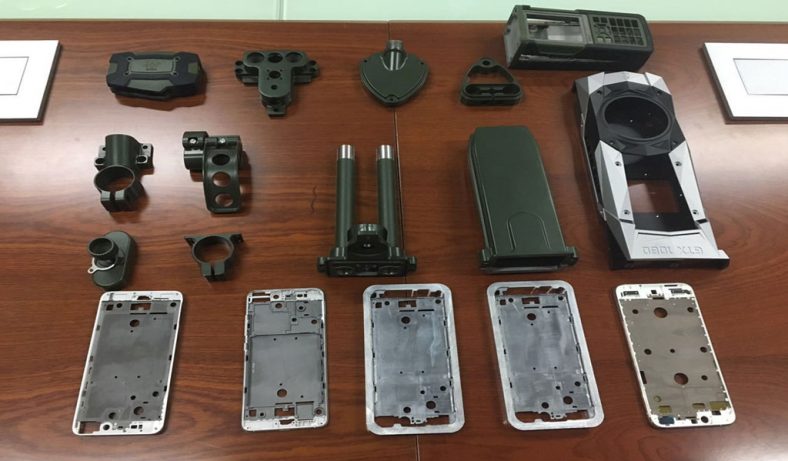
The Define Of Die Casting Aluminum
Metal Casting is a process of metal smelting and learn manufacturing, usually using the gravity of metal to cast in a mold. But “aluminum die casting” is not done by gravity, but by applying a certain pressure. A bit like “injection molding”. But it has a set of high-tech core pulling, cooling and other systems. In general, the material is sent to the cavity to be cast through a centralized “injection” inlet to form the part. The aluminum suitable for the die-casting process is die-cast aluminum, usually die-cast aluminum alloy.
High-pressure and high-speed filling of die-casting aluminum molds are two characteristics of die-casting aluminum. Its commonly used injection specific pressure is from thousands to tens of thousands of kPa, even as high as 2×105kPa. The filling speed is about 10~50m/s, sometimes even up to 100m/s or more. The filling time is very short, generally in the range of 0.01~0.2s.This die casting aluminum and cnc machining aluminum process consists of four main steps:
- Die Preparation: The mold (die) is sprayed with a lubricant to regulate its temperature and assist in component ejection.
- Filling: Molten aluminum is injected into the die under high pressure.
- Ejection: After the aluminum solidifies, the die halves are opened and the casting is ejected.
- Trimming: Excess aluminum, known as flash, is trimmed from the casting, and the component is inspected for quality.
What Is 380 Die Casting Aluminum Alloys
A380 is a widely used die casting alloy known for its good combination of mechanical properties and castability. It primarily consists of aluminum with the addition of small amounts of other elements, including silicon, copper, magnesium, and iron. A380 offers good fluidity during the casting process and exhibits good strength, dimensional stability, and corrosion resistance after solidification.
Key Features of 380 Aluminum Die Casting
- 380 aluminum die-casting alloy is a perfect combination of casting, mechanical and thermal properties, with excellent fluidity, air tightness and thermal crack resistance.
- 380l is one of the most widely used aluminum alloys, the alloy is used in a variety of products such as: electronic equipment chassis, engine brackets, gearbox housings, household furniture, power and hand tools.
- 380 Aluminum Die Casting Alloy enables the manufacture of lighter parts and more surface finish options than other die casting alloys.
- 380 aluminum die casting alloy is capable of withstanding the highest operating temperatures of all die casting alloys and is versatile and corrosion resistant.
- 380 aluminum die-casting alloy maintains high dimensional stability even with thin casting walls, and can be used in almost any industry.
A383 Aluminum Alloy for Die Casting
383 die-casting is a brand for making aluminum alloy die-casting parts. A383 aluminum alloy is a European standard die-casting aluminum alloy. The composition and performance of this alloy are mainly composed of copper, silicon, magnesium and other elements, and it has good fluidity and air tightness Compared with other die casting alloys, A383 aluminum alloy can produce lighter parts and can choose more surface finishes. A383 aluminum alloy is also capable of withstanding the highest operating temperatures of all die casting alloys. Furthermore, die-cast A383 aluminum alloy is versatile and corrosion-resistant; maintains high dimensional stability even with thin cast walls, and can be used in almost any industry.
Key Features of A383 Aluminum Die Casting
- With extremely high hardness and strength, it is suitable for parts that require high strength in extreme environments, high temperature or low temperature.
- With low density, it can reduce the volume of parts, thus saving space and weight.
- It has good corrosion resistance and excellent bendability, which can improve the service life and durability of parts.
The main purpose of A383 aluminum alloy is to manufacture high-strength parts, such as engine parts, aviation parts, pressure vessels, auto parts, structural parts and molds.
A380 vs A383 Aluminum Die Casting Alloys
A383 aluminum alloy has higher compressive strength and better plasticity at high temperature, while A380 aluminum alloy has higher corrosion resistance and higher electrical conductivity at high temperature. A383 aluminum alloy is usually used to manufacture high-strength parts, such as engine parts, aviation parts, pressure vessels, auto parts, structural parts and molds, etc., while A380 aluminum alloy is usually used to manufacture higher-strength parts, such as auto parts, structural parts, etc. . Therefore, according to the specific application scenarios and needs, choose the appropriate alloy material. If you want to choose materials better, you can check our comparison table carefully
| Element | A380 (%) | A383 (%) |
|---|---|---|
| Aluminum | 80.0 – 85.0 | 79.0 – 85.0 |
| Copper | 3.0 – 4.0 | 2.0 – 3.0 |
| Silicon | 7.5 – 9.5 | 9.5 – 11.5 |
| Iron | 1.0 – 1.3 | 0.6 – 1.3 |
| Manganese | 0.5 | 0.5 |
| Nickel | 0.5 | 0.15 |
| Zinc | 2.0 – 3.0 | 2.0 – 3.0 |
| Tin | 0.35 | 0.15 |
| Magnesium | 0.1 | 0.1 |
| Density (g/cm³) | 2.75 | 2.73 |
| Melting point (°C) | 650-654 | 657-659 |
| Elastic modulus (GPa) | 7.0-8.0 | 7.5-8.5 |
| Coefficient of thermal expansion (°C^-1) | 23.0*10^-6 | 23.6*10^-6 |
| Thermal Conductivity (W/(m K) | 90 | 120 |
When considering the choice between two aluminum alloys, such as A380 and A383, several key factors should be taken into account. These factors include:
- Composition: The chemical composition of the alloys plays a significant role in their properties and suitability for specific applications. Understanding the specific elements and their percentages in each alloy is crucial for evaluating their performance.
- Mechanical Properties: The mechanical properties of the alloys, including tensile strength, yield strength, elongation, hardness, and impact resistance, should be considered. These properties determine the strength, ductility, and overall performance of the materials under various loading conditions.
- Castability: Assessing the castability of the alloys is important, particularly for die casting applications. Factors such as fluidity, solidification behavior, shrinkage, and moldability impact the manufacturability and dimensional accuracy of cast parts.
- Heat Resistance: Depending on the intended application, the alloys’ resistance to high temperatures and thermal stability may be critical. Some applications, such as components in engines or high-temperature environments, require alloys with superior heat resistance.
- Corrosion Resistance: Evaluating the alloys’ resistance to corrosion is essential, especially in aerospace applications where exposure to harsh environments, moisture, and corrosive substances is common. The ability to withstand corrosion helps ensure the longevity and performance of the components.
- Cost: The cost of the alloys, including material procurement, manufacturing, and post-processing considerations, should be taken into account. Cost can be a determining factor depending on the specific project requirements and budget constraints.
- Industry Standards: Consideration of industry standards, certifications, and regulations is important, especially in safety-critical applications like aerospace. Compliance with relevant standards ensures the suitability and reliability of the chosen alloy for the intended use.
Both A380 and A383 aluminum alloys have unique characteristics that make them suitable for different die casting projects. The most important consideration when choosing between the two should be the specific requirements of your project.
Work with Be-Cu Foundry for Aluminum Die Casting Project
When it comes to die casting, working with an experienced and reliable partner like Be-Cu Metal Casting Foundry can significantly improve your project’s success. As a world-class aluminum die casting manufacturer, Be-Cu Foundry can provide all types of aluminum alloys for die casting. We have in-depth understanding of these materials and comprehensive manufacturing capabilities, which can ensure you receive components that meet your exact specifications.
Be-Cu Foundry’s commitment to quality, customer service, and innovation has earned us a reputation as a trusted provider for all aluminum die casting needs. Our state-of-the-art facilities, combined with a dedicated team of experts, ensure your project is executed with precision, on time, and within budget.
-
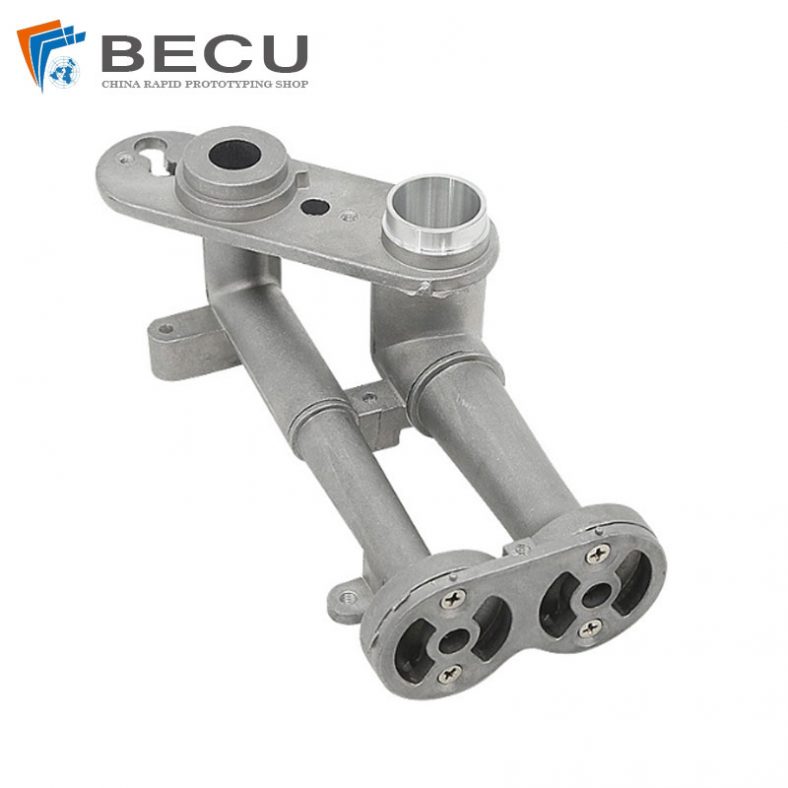
CNC Machining Gas Stove Bottom Joint
-

Gravity Die Casting Custom Street Light Heat Sink
-
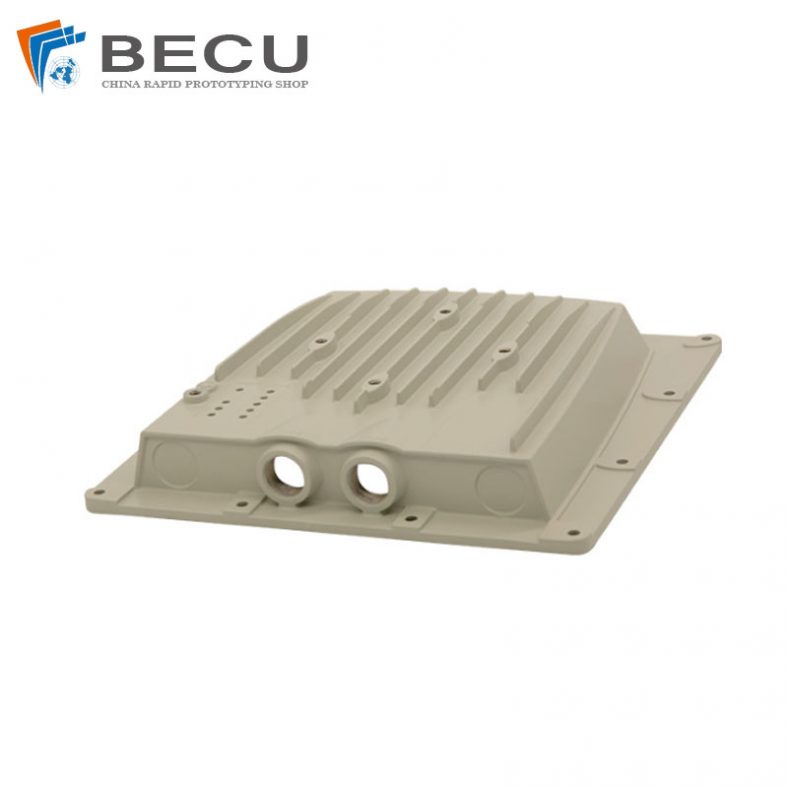
Die Casting LED Canopy Lights Heatsink For Gas Station
-
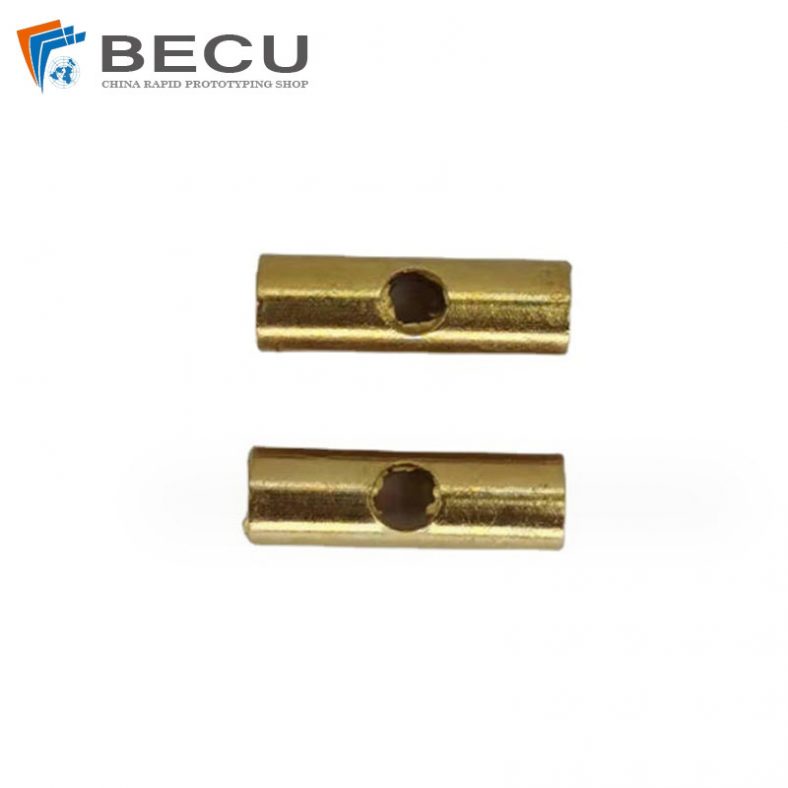
Zinc Die Casting PA10 Transformer Connector Terminal
-
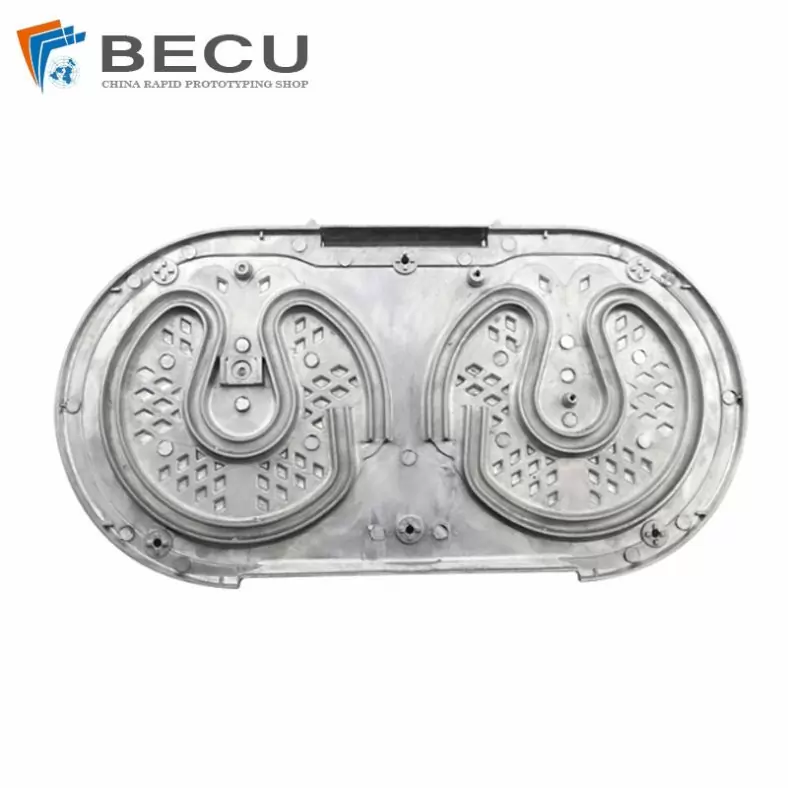
Die Casting Aluminium Cookware Chassis
-

Die Casting Wheels With Aluminum Alloy 5 Axis CNC Machining
-
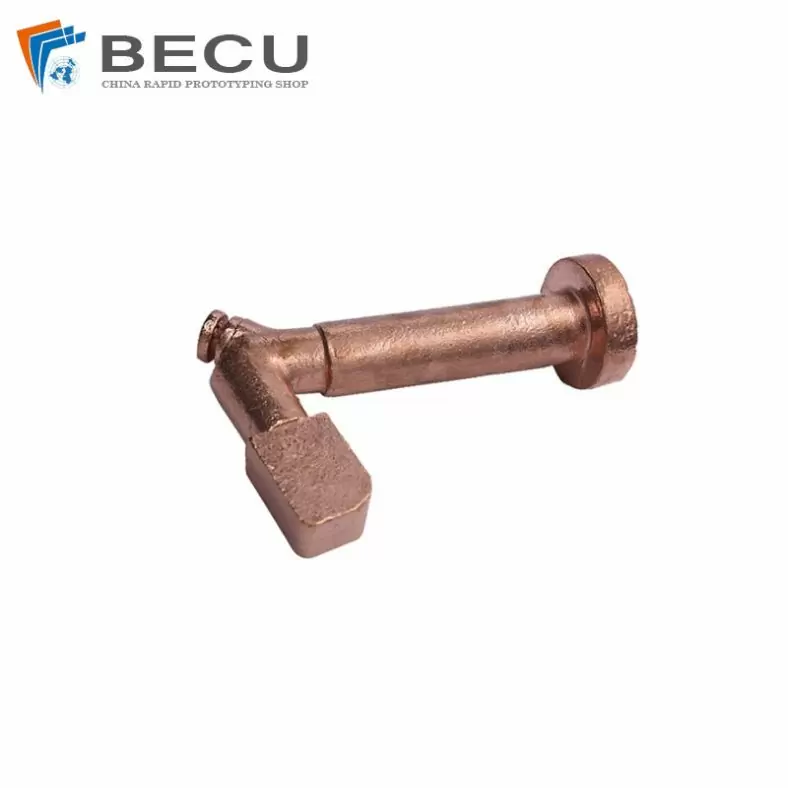
Precision Machined Copper Die Casting Parts
-
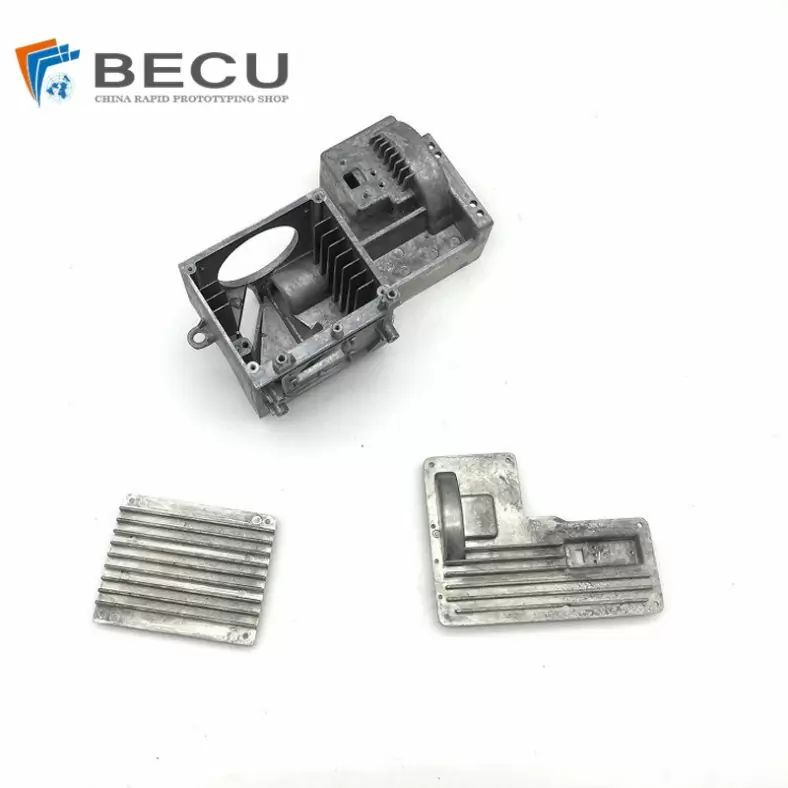
Professional Small Baler Aluminum Alloy Die-casting Mold Production
Any inquiry on A380 or A383 aluminum die casting project, pls feel free to contact us!
